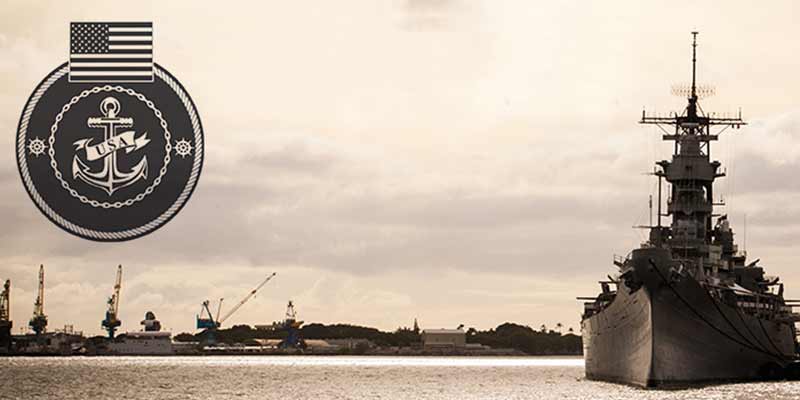The U.S. Navy has a similar rank structure to the U.S. Army ranks, with a clear hierarchy of ranks that defines a sailor’s position and responsibilities within the organization.
At the top of the hierarchy are the flag officers, who are responsible for leading the Navy at the highest levels. There are four ranks in this category: Admiral (four stars), Vice Admiral (three stars), Rear Admiral (two stars), and Rear Admiral (lower half).
Below the flag officers are the commissioned officers, who are responsible for leading smaller units within the Navy. These ranks include: Captain, Commander, Lieutenant Commander, Lieutenant, and Ensign.
Enlisted sailors make up the majority of the Navy, and they are responsible for carrying out the orders of their superiors. There are nine ranks in this category, ranging from Seaman Recruit to Master Chief Petty Officer of the Navy.
Seaman Recruit is the lowest rank in the Navy, and sailors at this level are just beginning their careers. They are responsible for learning the basics of naval life and following the orders of their superiors.
As enlisted sailors progress through the ranks, they take on more responsibilities and are given more authority. Non-commissioned officers, or NCOs, are enlisted sailors who have been promoted to positions of leadership and are responsible for overseeing the work of junior enlisted sailors. The ranks in this category include: Seaman, Petty Officer Third Class, Petty Officer Second Class, Petty Officer First Class, Chief Petty Officer, and Senior Chief Petty Officer.
The highest rank that an enlisted sailor can attain is Master Chief Petty Officer of the Navy, and there is only one sailor holding this rank at any given time. The Master Chief Petty Officer of the Navy serves as an advisor to the Chief of Naval Operations on matters affecting enlisted sailors and is the highest-ranking enlisted sailor in the Navy.
In summary, the U.S. Navy’s ranks serve as a clear and concise way to define a sailor’s position and responsibilities within the organization. These ranks are essential for maintaining order and discipline within the military, and they allow sailors to know their place in the chain of command.
U.S. Navy Ranks Chart
Here is a chart of the ranks in the U.S. Navy, listed in order of hierarchy:
Flag Officers:
- Admiral (four stars)
- Vice Admiral (three stars)
- Rear Admiral (two stars)
- Rear Admiral (lower half)
Commissioned Officers:
- Captain
- Commander
- Lieutenant Commander
- Lieutenant
- Ensign
Enlisted Sailors:
- Master Chief Petty Officer of the Navy
- Senior Chief Petty Officer
- Chief Petty Officer
- Petty Officer First Class
- Petty Officer Second Class
- Petty Officer Third Class
- Seaman
- Seaman Apprentice
- Seaman Recruit
History of the U.S. Navy
The U.S. Navy has a long and storied history dating back to 1775, when it was first formed to fight in the American Revolutionary War. At that time, the Navy was small and consisted mainly of a handful of ships that were used to intercept British supply ships and protect American merchant ships.
After the Revolutionary War, the Navy played a crucial role in the expansion of the United States, fighting in a number of conflicts including the War of 1812, the Mexican-American War, and the Civil War.
During the 20th century, the U.S. Navy was involved in both World Wars, as well as a number of other conflicts including the Korean War, the Vietnam War, and the Gulf War. In more recent years, the Navy has played a key role in the wars in Afghanistan and Iraq.
Throughout its history, the U.S. Navy has evolved and adapted to meet the changing needs of the country. Today, the Navy is a highly trained and professional organization, with sailors serving in a variety of roles including combat, engineering, medical, and more.
In addition to its military duties, the U.S. Navy also plays a crucial role in disaster relief efforts and has been involved in a number of humanitarian missions around the world.
Overall, the U.S. Navy has a rich history of service and sacrifice, and it continues to play a vital role in protecting and defending the United States.






Leave a Reply
Your email is safe with us.